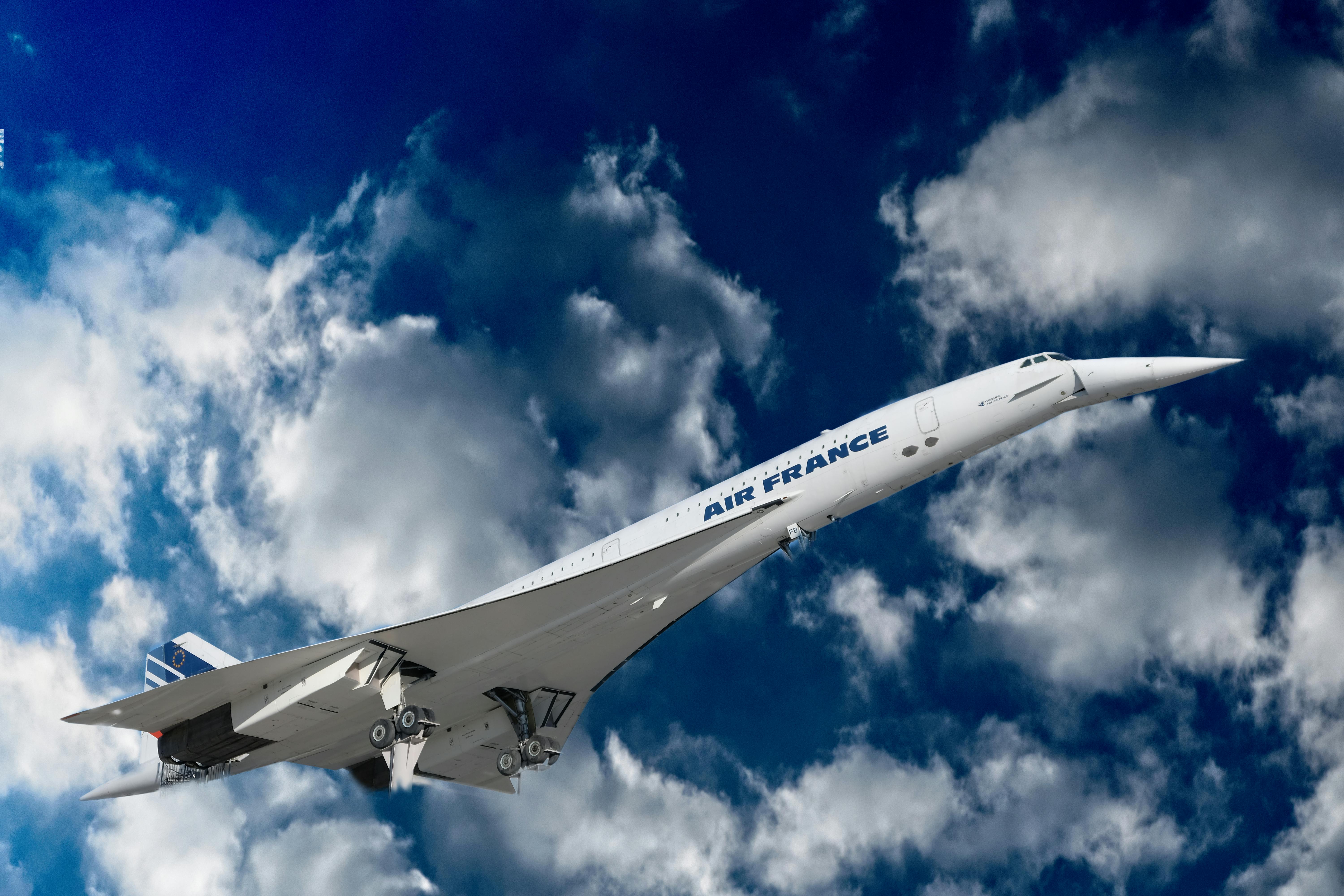Breaking the Sound Barrier: Unveiling the Potential of Hypersonic Technology
Introduction: Hypersonic technology is the next big thing in the world of tech. This new frontier in aerospace technology promises to redefine travel, defense, and even internet connectivity. Join us as we dive into the exciting world of hypersonics, breaking down its potential implications and impact.

A Brief History of Hypersonic Technology
The concept of hypersonic flight is not new—it has been part of scientific discussions since the mid-20th century. The term “hypersonic” refers to any speed that exceeds Mach 5, or five times the speed of sound. Historically, hypersonic flight has been limited to spacecraft re-entering the Earth’s atmosphere and weapons development. It wasn’t until recently that the idea of using hypersonic technology for commercial purposes began to gain traction.
Hypersonic Tech Today: A New Race Begins
Currently, the hypersonic technology landscape is dominated by defense and aeronautics companies, with major players such as Lockheed Martin, Boeing, and Northrop Grumman leading the charge. These companies are fiercely competing in the race to develop the world’s first operational hypersonic weapons and vehicles. Governments, too, are investing heavily in this space, recognizing the significant strategic and economic advantages that hypersonic technology could offer.
The Commercial Potential of Hypersonic Flight
Beyond its military applications, hypersonic technology holds immense potential for the commercial sector. Imagine flying from New York to London in less than two hours. This could revolutionize global travel, making long-haul flights significantly faster and more efficient. However, there are still many technical and regulatory hurdles to overcome. The development of hypersonic planes will require advances in materials science, engine design, and heat management, among other challenges.
The Estimated Price and Market Impact
While it’s still early days for hypersonic technology, industry experts predict that it could be a game-changer. According to a report by MarketsandMarkets, the hypersonic technology market is projected to reach $12.92 billion by 2025, growing at a compound annual growth rate of 7.2% from 2020. This growth is expected to be driven by increasing defense budgets and the growing demand for hypersonic weapons and vehicles.
The Future of Hypersonic Technology
As the race to break the sound barrier heats up, the potential applications for hypersonic technology continue to grow. Some experts suggest that hypersonic technology could even be used to improve internet connectivity by enabling faster data transmission. However, the road to hypersonic flight is long and filled with challenges. For now, all eyes are on this exciting tech frontier, and only time will tell how it will transform our world.
To sum up, hypersonic technology is set to redefine the boundaries of speed and distance. From defense to commercial travel and beyond, its potential applications are vast and varied. While there’s no denying the challenges ahead, the race is on to break the sound barrier, and the results could be nothing short of revolutionary.




